Demonstration of Coherent Radiation Generation up to 3 THz from Femtosecond Electron Pulses
Hiroyuki Hama1*, Taro Abe, Shigeru Kashiwagi, Fujio Hinode, Toshiya Muto, Ken-ichi Nanbu, Ken Takahashi, Ikuro Nagasawa, Ken Kanomata, Hidetoshi Saito and Yuki Saito
Research Center for Electron Photon Science, Tohoku University, Japan
*Corresponding author
Hiroyuki Hama, Research Center for Electron Photon Science, Tohoku University, 1-2-1 Mikamine, Taihaku-ku, Sendai 982-0826, Japan, E-mail: [email protected]
Int J Opt Photonic Eng, IJOPE-2-004, (Volume 2, Issue 1), Research Article
Received: April 29, 2017
Accepted: May 27, 2017
Published: May 29, 2017
Citation: Hama H, Abe T, Kashiwagi S, Hinode F, Muto T, et al. (2017) Demonstration of Coherent Radiation Generation up to 3 THz from Femtosecond Electron Pulses. Int J Opt Photonic Eng 2:004.
Copyright: © 2017 Hama H, et al. This is an open-access article distributed under the terms of the Creative Commons Attribution License, which permits unrestricted use, distribution, and reproduction in any medium, provided the original author and source are credited.
Abstract
Coherent transition radiation in Terahertz (THz) frequency region generated by femtosecond electron pulse was demonstrated at a test accelerator in Research Center for Electron Photon Science (ELPH), Tohoku University. In the test accelerator, femtosecond electron pulses are produced via velocity bunching scheme in traveling accelerating structure. Characteristics of the coherent transition radiation such as spatial distribution, polarization and frequency spectrum were measured and compared with theoretical prediction. In the measurements, Michelson interferometer with pyroelectric detector was used to obtain the Interferogram of the radiation and the frequency spectrum was deduced by Fourier transform of the Interferogram. Deduced frequency spectrum up to 3 THz suggests the shortest bunch length would be about 100 fs.
Keywords
Velocity bunching, Coherent transition radiation, Michelson interferometer, Fourier spectrum
Introduction
A test-Accelerator as Coherent Terahertz Source (t-ACTS) project has been developed at ELPH, Tohoku University. The accelerator system of t-ACTS is consisted with a thermionic RF gun, an alpha magnet as energy filter, an S-band 3 m-long traveling wave accelerating structure and a long period permanent magnet undulator [1]. In order to generate coherent radiation in THz region, we have studied short electron bunch production by means of velocity bunching in accelerating structure [2].
Velocity bunching scheme is quite simple, and it does not require special apparatus. In the bunching scheme, an electron beam whose velocity (ve) is slightly slower than phase velocity of RF wave (vp = c) is injected into traveling-wave accelerating structure at the appropriate phase. Electron beam is rotated in the longitudinal phase space during phase slip in the structure, and then the bunch is compressed and accelerated simultaneously. However, velocity bunching does not work for completely relativistic energy electron beams because no phase slip of electron occurs. Final bunch length of accelerated beam depends on the injection phase strongly. In case of small energy spread beam extracted from the gun, the shortest bunch length is expected to be generated at the zero-cross phase of RF wave. The accelerated beam energy is also determined by the injection phase and beam energy becomes the lowest at the zero-cross phase. To observe the production of extremely short electron bunches, a streak camera (HAMAMATSU FESCA-200) was used. Because of intrinsic time resolution of the streak camera and arrival time spread due to chromatic dispersion in the air, we did not obtain any evidence of the short bunch length below ~ 500 fs (rms) so far [3,4].
To examine whether the bunch length is sufficiently short for coherent radiation production, we have measured the intensity of transition radiation using the schottky barrier diode (DET-10-RPFW-0, Millitech Inc.) at a frequency around 0.1 THz. A quadratic dependence of the intensity on the beam current was observed as shown in Figure 1. It was concluded the bunch length was successfully shortened to at least less than 1 ps. According to a numerical simulation, the expected shortest bunch length is, however, less than 100 fs. Thus we have proceeded to measure THz coherent transition radiation by using Michelson interferometer for deriving frequency spectrum.
Experimental
Setup
Electron beam parameters for production of coherent transition radiation are listed in Table 1. An aluminum coated mirror with 30 mm diameter was installed in vacuum of the beam line and it was tilted by 45° with respect to the beam propagating axis, and then the backward transition radiation is emitted perpendicularly to beam axis. Transition radiation extracted through a 3-mm-thick diamond window, and its intensity was measured by pyroelectric detectors.
Table 1. Electron beam parameters.
Spatial distribution and polarization
Two dimensional spatial distribution of transition radiation was measured by a pyroelectric detector (THZ1I-BL-BNC, Gentec-EO) mounted on a 2-axis movable stage. A 2-mm iris was attached the detector head so that he pyroelectric detector observed radiation signal with sufficiently low noise. Direction of polarization was selected by using a wire grid polarizer (GS57207, wire diameter: 10 µm, period: 25 µm, SPECAC). Measured profiles and calculated ones are shown in Figure 2, and those were in good agreement [5]. Since the detector sensitivity covers THz frequency region and higher, it can be concluded the coherent THz radiation is actually generated.
Interferogram and frequency spectrum
To derive frequency spectrum, we have chosen Michelson interferometer because of simple configuration and high electric field transport efficiency. In the interferometer, the radiation is collimated using an Off-Axis Parabolic Mirror (OAP) and divided into two parts using a 25-µm-thick Mylar film splitter. One optical pass length is varied by a movable mirror and the detector signal is recorded as a function of the mirror position or the optical path difference of two radiation pulses. Another Pyroelectric Detector (PYD-1, PHLUXi inc.) that has high sensitivity with frequency range from 1 THz to 850 THz was used and a black polyethylene film was attached on the detector face to eliminate visible lights. Apparatus of the interferometer is shown in Figure 3. Entire interferometer system is enclosed and continually purged with dry nitrogen to avoid the strong absorption of THz light by water vapor.
Since the bunch length resulted from the velocity bunching depends on the initial RF phase for the injected beam in the accelerating structure, the interferograms of the transition radiation were measured for the different phases from 0° to -8° with 2° step. Figure 4(a) and Figure 4(b) show measured interferograms and frequency spectra at injection phases of 0°, -4° and -8°.
Results of Frequency Spectra
As one can see in the Figure 4(a), the intensity of the Coherent transition radiation varied as the injection phase of beam, and maybe the bunch length as well. Frequency spectra for respective phase were derived by Fourier transform of interferogram, which are shown in Figure 4(b). Reduction of intensity at lower frequency side below 1 THz is possibly coming from cut-off frequency of optical elements of the interferometer and finite aperture for extraction of the radiation. It is a remarkable result that the coherent transition radiation up to 3 THz is clearly observed in the frequency spectrum at the injection phase of 0º. Assuming frequency dependence of the coherent transition radiation is constant, the spectrum is considered to be proportional to the bunch form factor. In addition, we assume the filtering function for cut-off response of the system as and the bunch shape is the Gaussian [6], the spectrum can be fitted by a function
Where and denote the cut-off frequency, the bunch length, a and b are fitting coefficients, respectively.
Results of the fitting analysis using equation (1) are shown in Figure 5. As one can see in Figure 5(a), the frequency spectrum is well reproduced. The shortest bunch length was found to be 81 ± 12 fs, which is in good agreement with the one obtained by the simulation. However the injection phase dependence of bunch length is a bit different from the simulation. The bunch length simulated at -8° is ~400 fs (rms), meanwhile considerable portion of coherent radiation around 1 THz ( = 300 µm) is clearly seen as shown in Figure 4(b). At the present, we have no interpretation for this discrepancy. According to the simulation, the bunch shape is, however, slight a symmetric so we presume higher frequency component is contained even for longer bunch length.
Conclusion and Prospect
We have confirmed experimentally that spatial distribution and polarization characteristics of the transition radiation were in good agreement with theoretical prediction. Frequency spectra were deduced by Fourier transform of interferogram that were measured with a Michelson interferometer. Coherent transition radiation up to 3 THz was successfully observed. In spite of that the shortest bunch length produced by means of velocity bunching agrees well with predicted one, the injection phase dependence differs from the simulation. For future progress, calibration of the interferometer using a blackbody furnace is necessary. Since the bunch shape can be reconstructed theoretically with an inverse Fourier Transform, we are going to study regarding asymmetric bunch shape.
Figures
Figure 1 : Intensity of transition radiation plotted as a function of micro bunch charge. Solid line shows the quadratic dependence adapted for measured radiation intensity.
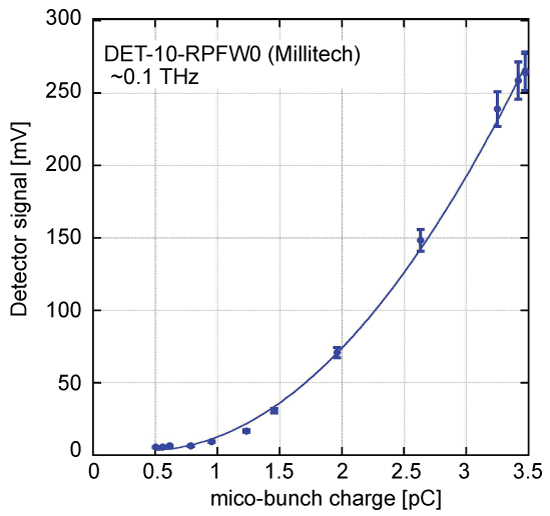
Figure 2: Calculated a) Horizontal; b) Vertical polarized spatial profiles; Measured profiles for c) horizontal; d) Vertical wire polarizer; e) Sum of the measured horizontal and vertical polarized components; f) Measured spatial distribution without wire grid polarizer.
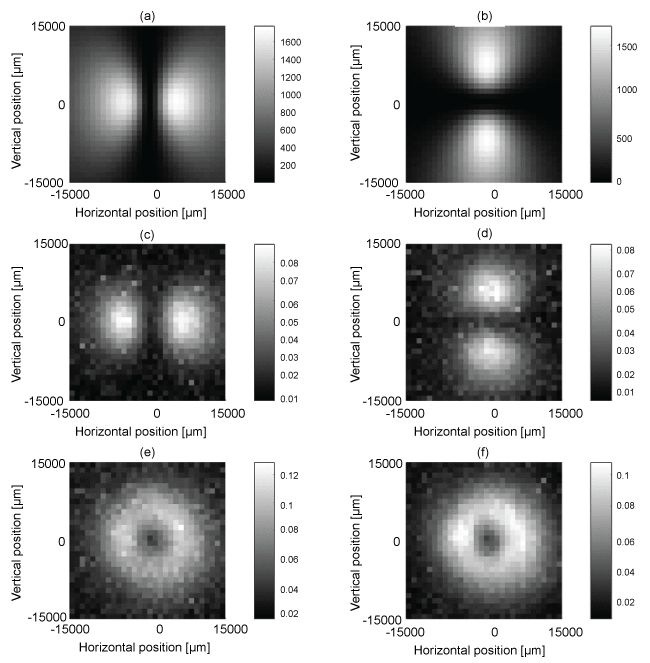
Figure 3: Setup of the Michelson interferometer.
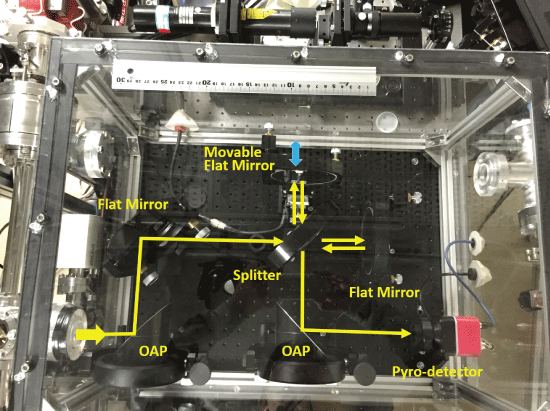
Figure 4: a) Measured interferograms for the injection phase of 0°, -4° and -8°; b) Deduced frequency spectra by Fourier Transform of (a)..
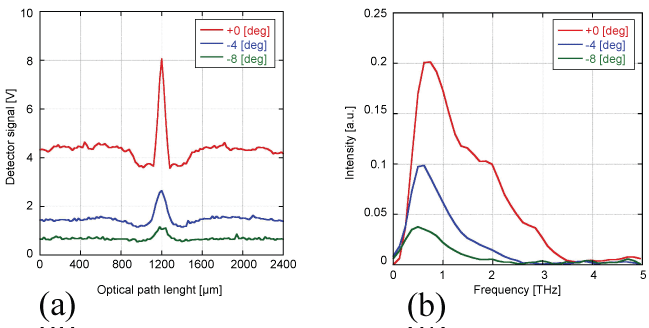
Figure 5: a) Frequency spectra of the coherent transition radiation measured at the 0° injection phase fitted by the formula of eq. (1) (black thin line); b) Injection phase dependence of the deduced bunch length (green square). Solid line denotes numerical simulation. Blue dot indicates the result of bunch length measurement using a streak camera.
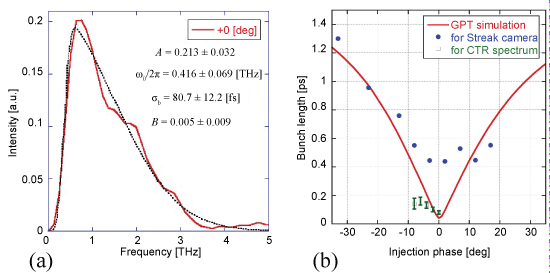
References
-
H Hama, Masayuki Kawai, Shigeru Kashiwagi, Fujio Hinode, Fusashi Miyahara, et al. (2011) Test-accelerators as coherent terahertz source program (t-ACTS) at Tohoku University. Energy Procedia 9: 391-397.
-
L Serafini, M Ferrario (2001) Velocity bunching in photo-injectors. AIP Conf Proc 581: 87.
-
S Kashiwagi, F Hinode, T Muto, Y Shibasaki, K Nanbu, et al. (2014) Study of Femtosecond Electron Bunch Generation at t-ACTS, Tohoku University. Proc of LINAC2014, 1178.
-
S Kashiwagi, S Nagasawa, F Hinode, T Muto, H Saito, et al. (2016) Proof-of-Principle Experiment of Velocity Bunching for Ultra-Short Electron Pulse Production. Energy Procedia 89: 346-352.
-
ML Ter Mikaelian (1972) High-energy Electromagnetic Process in Condensed Media. Wiley, New York.
-
P Evtushenko, J Coleman, K Jordan, J Michael Klopf, G Neil, et al. (2006) Bunch Length Measurements at the JLab FEL Using Coherent Transition and Synchrotron Radiation. AIP Conference Proceedings 868, 193.
